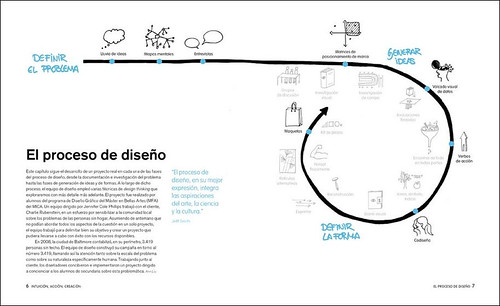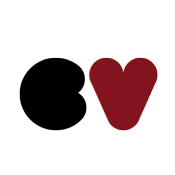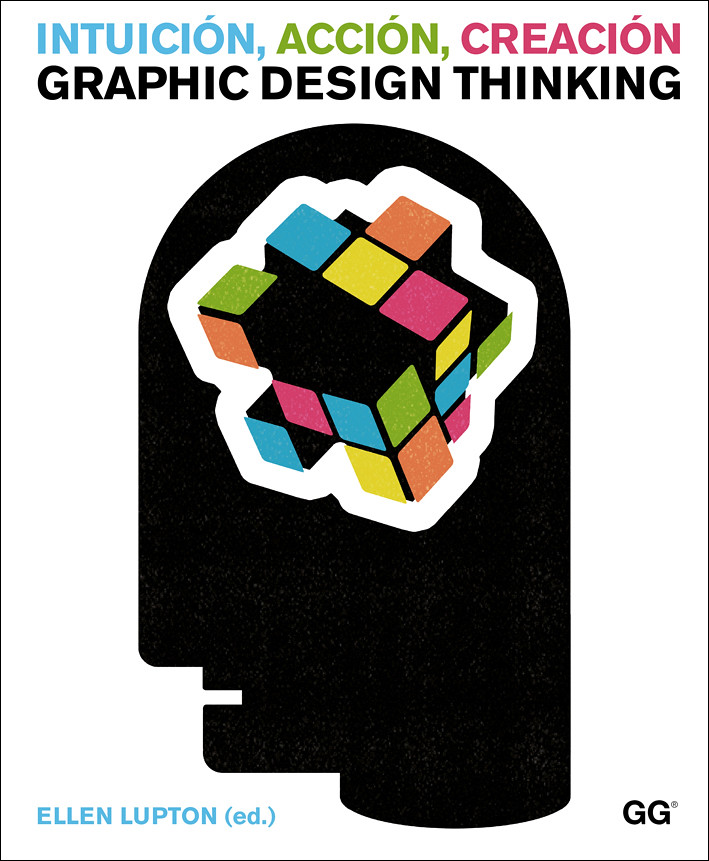Intuición, acción, creación. Graphic Design Thinking (Ellen Lupton)
Lupton, E. (2012): Intuición, acción, creación. Grahpic Design Thinking. Barcelona: …


Lupton, E. (2012): Intuición, acción, creación. Grahpic Design Thinking. Barcelona: Gustavo Gili.
Castellano, 184 páginas, rústica. 24,90 euros.
Polifacética profesora y diseñadora de gran reconocimiento, comisaria y prolífica escritora (Pensar con tipos es una de sus últimas obras), Ellen Lupton se centra en su nueva publicación en un aspecto escasamente abordado con anterioridad: el que atañe al proceso de creación. Editado por Gustavo Gili, Intuición, acción, creación. Graphic Design Thinking se estructura en tres grandes bloques, relativos a varias fases que inevitablemente atraviesa el diseñador gráfico en cualquier proyecto: mecanismos que intervienen en la delimitación del problema (mapas mentales, lluvia de ideas, investigación o grupos de discusión, el briefing creativo), la definición del concepto (codiseño, figuras retóricas, asociaciones forzadas) y la formalización de este (lenguajes de marca, maquetas, retículas alternativas), junto a un último capítulo ilustrado con entrevistas a varios reputados diseñadores que describen su propio proceso de trabajo. Son algunos ejemplos de las aportaciones del libro, en el que Lupton recurre a disciplinas como la semiótica o la psicología para ofrecer treinta diferentes propuestas procedimentales en relación a situaciones reales de trabajo (atascos creativos, marcas multiidoma o la rutina, entre otras). Imprescindible en la librería de cualquier estudiante, docente o profesional del diseño y de la creatividad.
Multifaceted teacher and prestigious designer, curator and prolific writer (Pensar con tipos -Thinking with type– is one of his latest creations), Ellen Lupton focuses on his new publication in an aspect rarely covered before: the process of creation. Edited by Gustavo Gili, Intuición, acción, creación. Graphic Design Thinking (Intuition, action, creation. Graphic Design Thinking) is structured in three sections about the phases that inevitably faces the graphic designer in any project: mechanisms involved in the definition of the problem (idea mapping, brainstorming, research and focus groups, the creative brief), the definition of the concept (co-design, rethoric figures, forced association) and its formalization (brand languages, models, alternative grids), with a final chapter illustrated by interviews with several renowned designers describing their own work process. These are some examples of the contributions of this book, where Lupton uses disciplines such as semiotics or psychology to offer thirty different proposals related to real work situations (creative paralysis, multilanguage brands or routine). Indispensable in the bookcase of any design or creativity student, teacher or professional.


